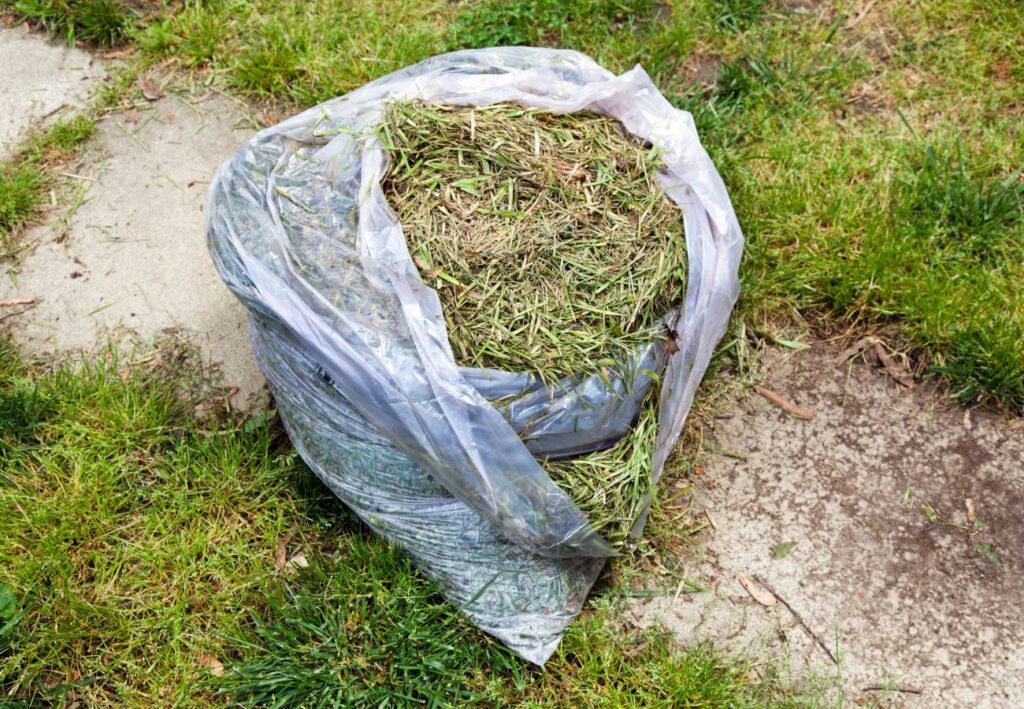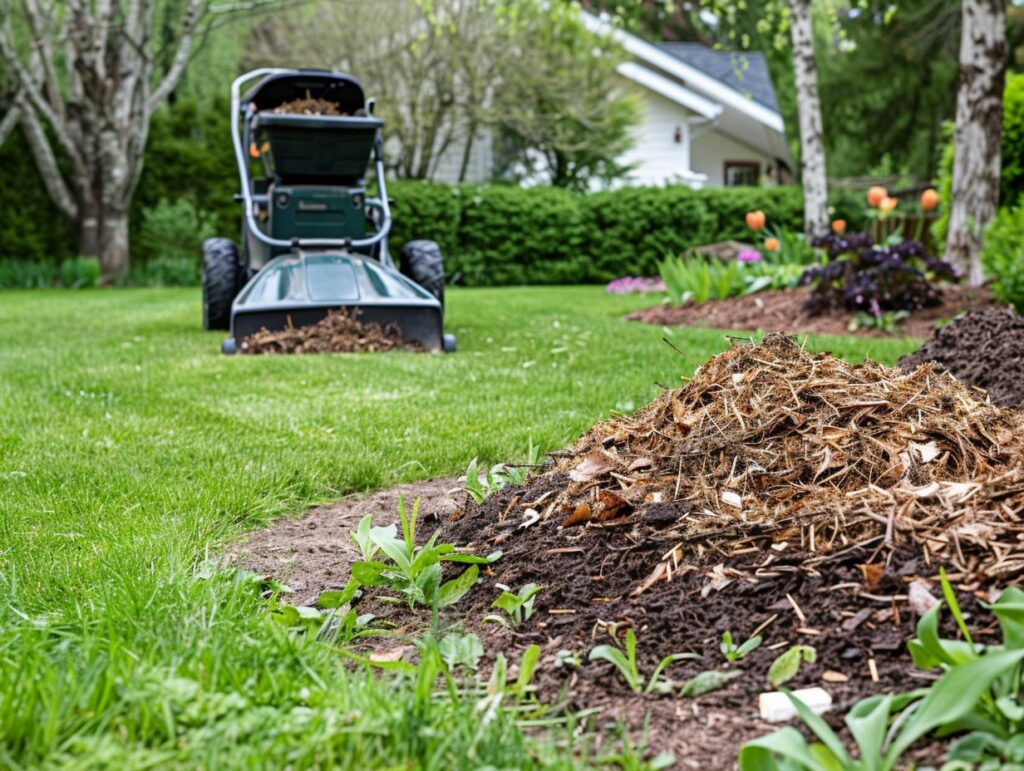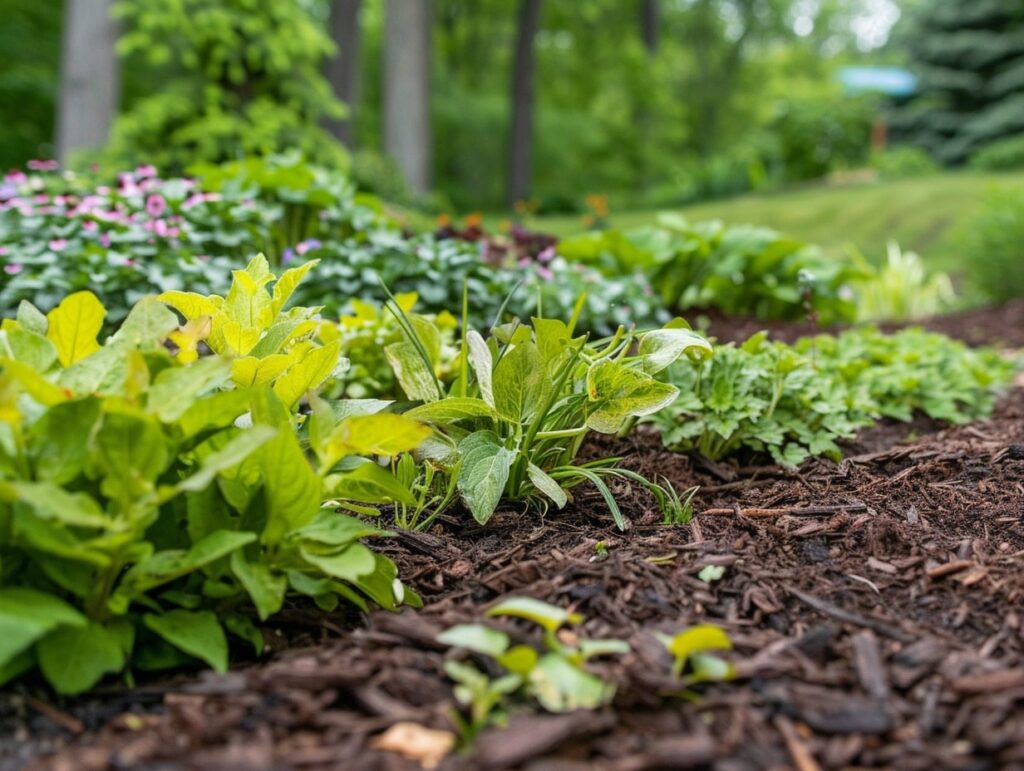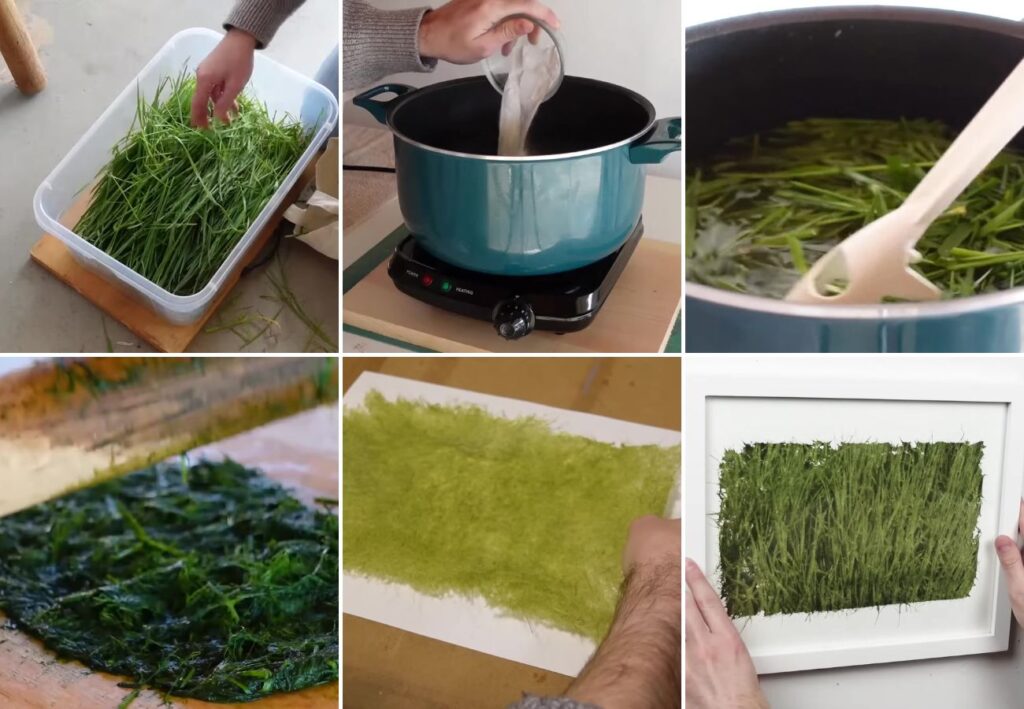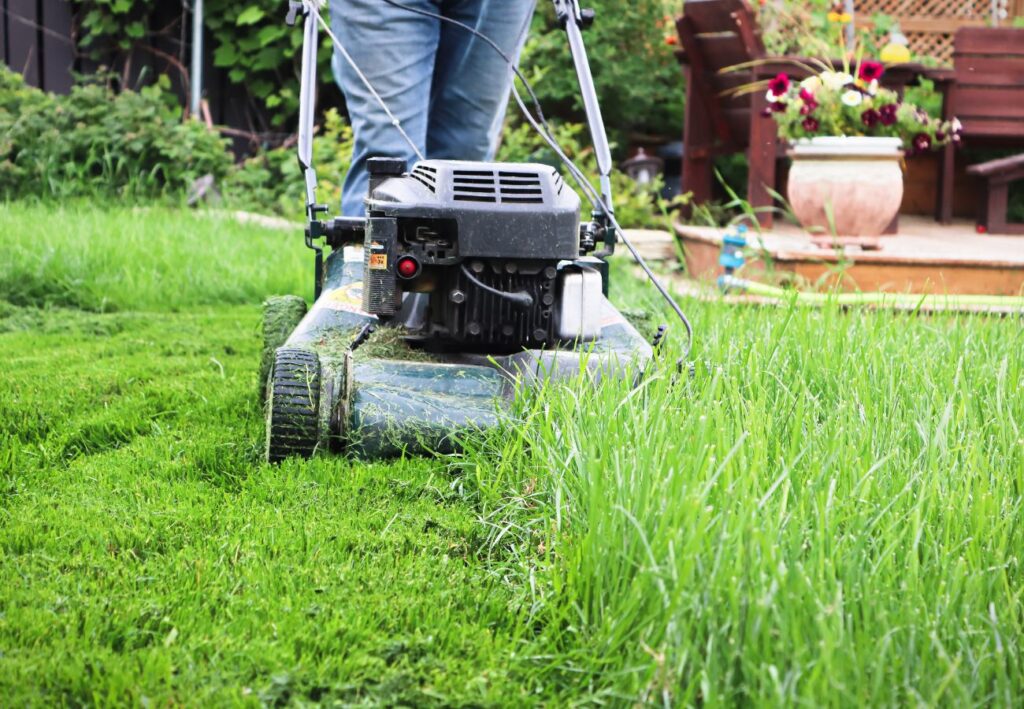Have you ever looked at a pile of grass clippings and thought, “There must be a better use for these”?
Imagine if, instead of discarding them, you could turn those clippings into a powerhouse for your garden and home. Not only will you cut costs, but you’ll also be a hero for the environment.
Grass clippings are packed with nutrients that your garden craves. But wait, there’s more! These unassuming green snippets have surprising uses around the house. Ready to unlock their full potential?
Read on to discover creative and practical ways to transform grass clippings from yard waste to invaluable resource.
The Basics of Grass Recycling
Recycling grass clippings provides numerous benefits for your lawn and garden. By understanding their composition and using them effectively, you can enhance soil quality and reduce waste.
Understanding the Composition of Grass Clippings
Grass clippings are rich in nitrogen, a crucial nutrient for plant growth. They also contain small amounts of phosphorus, potassium, and other micronutrients.
The moisture content in fresh clippings is high, aiding in rapid decomposition when left on the lawn. Clippings are approximately 80% water, which helps them break down quickly, returning nutrients back to the soil.
They are also made up of fibrous material that can improve soil structure. This organic matter enhances soil’s ability to hold water and improves air circulation. By knowing these details, you can make the most efficient use of your grass clippings.
Benefits of Using Grass Clippings
Using grass clippings as mulch helps keep soil moist by reducing evaporation. This conserves water and minimizes the need for frequent watering.
Clippings also prevent weed growth by blocking sunlight, which can save you time and effort in garden maintenance.
Grass cycling, which involves leaving the clippings on the lawn, reduces the need for chemical fertilizers. The clippings decompose and naturally fertilize the lawn, leading to healthier, greener grass.
Additionally, composting grass clippings can create a rich, organic fertilizer for your garden. Mixing clippings with other yard waste in your compost pile speeds up the decomposition process, providing valuable nutrients for your plants.
Lawn Care With Clippings
Using grass clippings in your lawn care routine offers benefits such as natural fertilization and improved soil health. Here are some practical ways to incorporate clippings into your lawn maintenance.
Mulching Your Lawn With Clippings
Mulching your lawn with grass clippings can greatly enhance soil moisture retention and reduce evaporation. This provides an organic way to suppress weeds and maintain healthier grass.
Start by mowing your lawn regularly, ensuring the clippings are short enough to decompose quickly. Long clippings can smother your grass. Spread the clippings evenly over your lawn, allowing them to break down naturally.
If you use a mulching mower, it finely chops the clippings, making the process even more efficient. By providing essential nutrients, such as nitrogen, directly back into the soil, you reduce the need for additional fertilizers.
Composting Grass for a Nutrient-Rich Soil Amendment
Composting grass clippings can turn yard waste into a valuable soil amendment. Begin by collecting your grass clippings and layering them in your compost bin. Alternate these layers with brown materials such as dried leaves or straw to balance the carbon-to-nitrogen ratio.
Periodically turn the compost pile to enhance aeration and speed up the decomposition process.
After several weeks to a few months, the grass clippings will decompose into a rich, dark compost. This can be mixed into garden beds or used as a top dressing for your lawn to enrich the soil with organic matter and nutrients.
Regular composting keeps your yard waste out of landfills and boosts the vitality of your garden soil.
Garden Enhancement Strategies
Using grass clippings in your garden can significantly improve weed suppression and moisture retention, which are crucial for healthy plant growth.
Natural Weed Suppression
Grass clippings act as an effective mulch to block sunlight, preventing weed seeds from germinating. Layer grass clippings around your plants, maintaining a thickness of about 2-3 inches.
Ensure the clippings are dry to avoid clumping and promote proper airflow. This method reduces the need for chemical weedkillers, making your garden more eco-friendly and safe for beneficial insects.
Not only do grass clippings suppress weeds, but they also decompose, adding organic matter to the soil. This improves soil structure and fertility over time.
Combining grass clippings with other organic mulches like wood chips can enhance this effect. Make sure to refresh the clippings periodically to maintain their effectiveness.
Moisture Retention for Garden Beds
Grass clippings help retain moisture in garden beds by shielding the soil from direct sunlight. This reduces water evaporation, keeping the soil moist longer.
Spread a thin layer of grass clippings over the soil but not too thick as it might lead to mold growth. This is especially helpful during hot and dry periods.
In addition to conserving water, the clippings gradually break down, enriching the soil with nutrients such as nitrogen. This natural process means you can reduce the amount of fertilizer needed in your garden.
Regularly adding clippings ensures a continual source of moisture retention and nutrient enrichment, promoting healthier plants.
Crafty Projects with Grass Clippings
Grass clippings can be more than just garden mulch. They can become a unique addition to your art and craft projects, offering a sustainable way to get creative.
Creating Grass Clipping Art and Dyes
Grass clippings can be incorporated into your art projects. You can mix dried grass into paper pulp to create textured paper. Let the clippings dry completely before using them to ensure they blend well.
You can also make natural dyes from grass clippings. Boil the clippings in water to extract the green pigments. Strain the mixture, and you’ll have a vibrant green dye that works on fabrics, paper, and even Easter eggs.
Use grass clippings creatively and bring a touch of nature into your crafts.
Eco-Friendly Household Uses
Using grass clippings around the house can provide insulation solutions and serve as an alternative to traditional pet bedding. These applications not only help you save money but also contribute to a more sustainable lifestyle.
Homemade Insulation
Grass clippings can be an effective form of homemade insulation. Well-dried grass clippings offer a natural way to fill voids in walls or attics.
Place the clippings in cloth bags or old pillowcases. These can then be tucked into spaces that need insulation. Make sure the clippings are completely dry to prevent mold or mildew.
This approach can help you maintain comfortable temperatures inside your home without relying on synthetic materials. It’s easy and cost-effective, using resources you already have on hand.
Pet Bedding Alternatives
Grass clippings are also a great alternative for pet bedding. Freshly mown, soft grass can be added to your pet’s bed for added comfort.
This uses what you already have instead of buying commercial pet bedding. Ensure the clippings are free from any chemicals or pesticides.
Replace the bedding regularly to keep it clean and fresh. It’s an economical and eco-friendly way to care for your pets while reducing waste.
From Yard Waste to Household Hero
Grass clippings are more than just garden waste; they’re a treasure trove of benefits waiting to be unlocked.
By incorporating them into your lawn care routine, garden, and even household projects, you’re not just reducing waste—you’re enhancing your environment in sustainable and cost-effective ways.
Whether you’re improving soil health, conserving water, crafting eco-friendly art, or creating natural insulation, grass clippings offer a versatile and practical solution. So next time you mow the lawn, remember: those little green snippets are packed with potential.
Embrace the power of grass clippings and transform your yard waste into valuable resources for a greener, healthier home.




